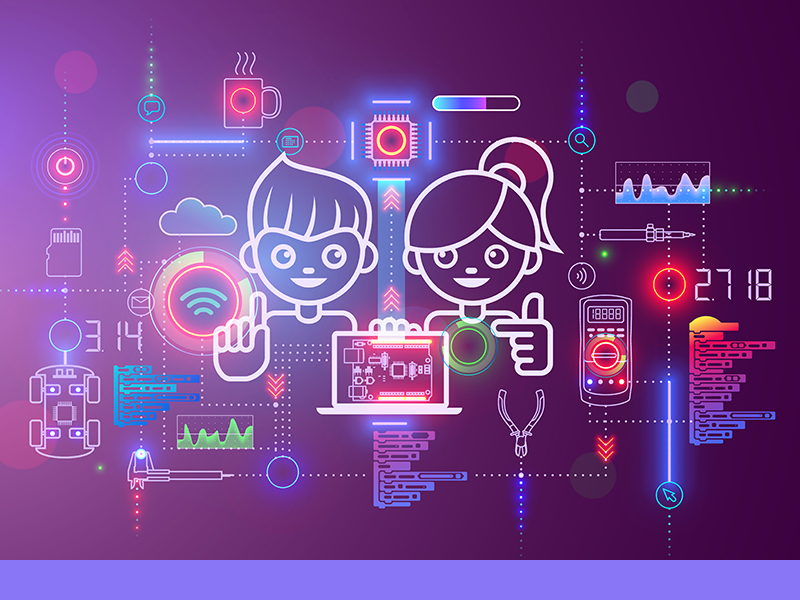In Nagasaki, Japan, the Henn Na Hotel is the world’s first hotel run entirely by robot staff. This hotel leverages technology breakthroughs by incorporating check-in robots, porters, and concierge robots thereby transforming its operational efficiency.#nbsp; Less than 20 years ago, the use of facial recognition technology and speaking robots was probably unimaginable and seemed a world far away from us. Thanks to technological advancements, AI and Robotics that once tested our imagination, is now on our doorstep. Robotics technology is fast gaining popularity within the travel sector, owing to changing consumer attitudes towards tourism in general. Customers increasingly prefer self-service options, making robot automation enticing to hotels, travel agencies, and other enterprises.
Benefits of robots in the tourism industry
Success in the travel industry is primarily based on two pillars, i.e., customer experience and operational efficiency. Italy’s Bologna Guglielmo Marconi Airport is often considered a robotics success story in the travel industry. As the footfall in the airport grew, the government realized the pressing need to address customers’ inconveniences to stay ahead of the curve. This was when the airport deployed the famous humanoid robot Pepper in front of the check-in area. Pepper welcomes passengers, provides basic journey-related information, helps the passengers find different services in the airport, and entertains them.
Humanoid robots have evolved as a digital channel to connect with millennial travelers by facilitating an innovative and repeat-worthy experience. It can attract guests by inciting their curiosity level and improve brand awareness. When a robot guides a visitor through the entire customer journey, it collects comprehensive information that can be utilized to incorporate more tailored offerings based on the guests’ preferences. Travelers can have a memorable experience when the robots communicate with them without any language barriers. As a result, the rate of repeat business and customer retention rises.
Different applications of robots in tourism
Some of the most typical uses of robots in the tourism industry are outlined below.
As a welcome assistant
Pepper has 21 language options and is well-known for improving linguistic communication as it greets international guests and passengers in their language. Furthermore, the visitors at the Science Museum in Paris, ‘Cité des Sciences & de l’Industrie,’ receive a high-tech welcome through Pepper. Visitors to the museum can use an ‘Interrupt dialogue’ application to navigate the information they need quickly, which boosts the connection and increases engagement. They also help with check-in and check-out, queue management, directions, and FAQs to the guests.
As an information provider and entertainer
Pepper has elevated the way information centers like museums and libraries were previously utilizing robotics technologies. Many museums have placed Pepper as it has proven its supremacy as a reliable source of information by sharing knowledge about culture, art, and science that amuses the visitors. It ensures that customers receive consistent and accurate information, resulting in long-term and higher customer engagement. Capitalizing on their human-like appearance, it uses entertaining interaction to build relationships with customers.
As an airport concierge and restaurant host
Many international airports across the globe, including Munich in Germany, Oakland in the USA, have deployed Pepper as an airport concierge and restaurant host. It greets the tourists at the airport and resolves their queries regarding flight information, nearest restaurants, exit gates, bathrooms, etc. Thanks to its high-performance processor, it can answer travel-related information individually rather than repeating stock answers. Pepper in Oakland airport works more as a restaurant host who allures people to get in the restaurant by offering food and drink recommendations.
Why Pepper and NAO?
Pepper and NAO can initiate interaction through their voice and animated expressions. They take a proactive approach when interacting with guests or travelers and encourage them to break the ice. One of the challenges in establishing a global travel business is to overcome the language constraint. As multi-linguistic robots, they can assist the travel company to operate globally. Pepper and NAO can identify and categorize the pattern of the person they are engaging with using their sensors and adapt their behavior to its profile, helping generate more revenue in the tourism industry.
Robotics technology is becoming more prevalent in the travel sector with each passing day. As a result, it is projected to reach unfathomable heights in the future due to the widespread application of emerging technologies. According to a recent report, the worldwide travel technology market, including AI, is predicted to expand by more than 9% by 2023. However, the scope of robotics in tourism must be further evaluated to critically examine the technology’s overall implications without directly impacting human aspects in the sector to steer maximum value.
Drop us a line
Error: Contact form not found.





